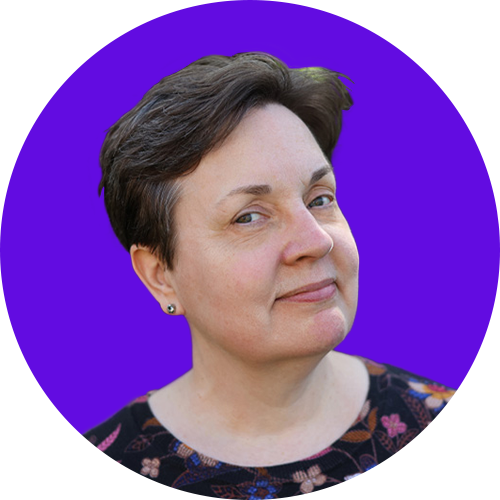News & Insights
Tessa Hirschfeld-Stoler Receives 2022 SfN Science Educator Award
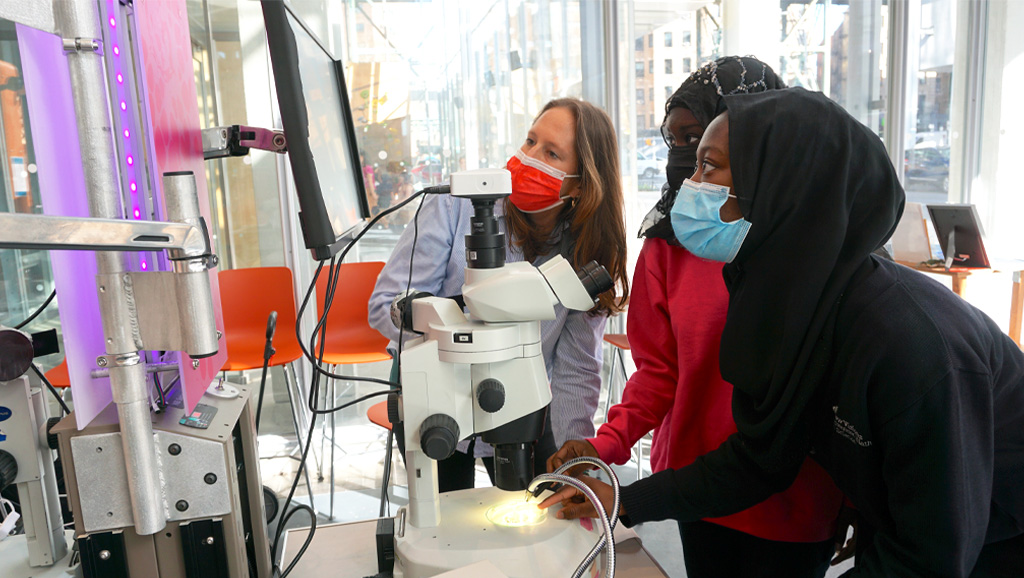
Tessa Hirschfeld-Stoler and BioBus High School Junior Scientists observe the morphology of Drosophila melanogaster exposed to high salt and high sugar diets. BioBase Harlem, Columbia University Zuckerman Institute, New York City, 2022. (photo courtesy of Sedami Yevide)
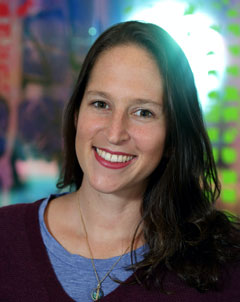

Tessa Hirschfeld-Stoler
Each year, the Society for Neuroscience recognizes outstanding neuroscientists who have strongly added to public education and awareness about the field. The Dana Foundation sponsors these awards. This year’s award was presented to Tessa Hirschfeld-Stoler, M.Phil., a neuroscientist and science educator with 14 years of experience in science outreach. Hirschfeld-Stoler is a Senior Community Scientist for BioBus, a science outreach nonprofit that helps K-12 and college students in New York City discover, explore, and pursue science. BioBus serves students from groups that are underrepresented in the STEM fields due to their gender, race, or physical access. At BioBus, Hirschfeld-Stoler develops and implements inquiry-based STEM programs based on cutting-edge science and hands-on pedagogy in BioBus’ community lab spaces, providing students with early and rich exposure to meaningful neuroscience experiences.
Q: When did you know that science education and outreach were your passions and how did you get started in science outreach?
Hirschfeld-Stoler: I have always been drawn to science communication and working with young people. Prior to and throughout graduate school I pursued opportunities to do volunteer teaching and science outreach with Columbia University Neuroscience Outreach (CUNO), specifically in Harlem, Washington Heights neighborhoods of New York City. Over an eight-year period, I volunteered at Brain Awareness Week events, taught classes at local K-12 schools, and had my first opportunities to support students in asking authentic research questions and designing their own experiments. It was both exciting and inspiring to see students light up doing hands-on science. Seeing middle school students who proclaimed themselves “not into science” become excited doing their own experiments was particularly rewarding.
Outreach and research integrate naturally. My graduate research focused on the development of the serotonin system and its role in mediating vulnerability to affective disorders in the lab of Dr. Mark Ansorge at Columbia University. Already engaged in outreach, I found that young students were incredibly interested in the issues I was addressing through my research. When guest-teaching in classrooms, I found that students were brimming with questions, wanting to understand the world around them. They asked: How do disorders of the brain come about? What was happening to my grandparent with Alzheimer’s? Why do caffeine and alcohol change the way people act? How do chemicals affect the brain? What part of the brain stores memories? Questions like these can be really motivating. During this time, through CUNO and Columbia University Science Discovery Center, I developed and taught high school courses on “Memory and Brain” and “Drugs & the Brain,” which gave me the opportunity to work with students from under-resourced schools who did not have access to hands-on, relevant science in their classrooms.
After my graduate research I joined BioBus, where I have been able to commit full-time to developing and implementing inquiry-based STEM curricula based on cutting-edge science and hands-on pedagogy. Our team at BioBus has become a fixture of the Harlem community. We serve and act as a bridge between the vibrant communities in the Harlem, Washington Heights, and South Bronx areas and the thriving neuroscience ecosystem that exists in the area but is too often kept separate from the surrounding residents.
I co-developed our Junior Scientist Research Internship for high school and college students in our community lab space in Harlem, housed at Columbia’s Zuckerman Institute. In this yearlong program, students pursue challenging research questions and both design and implement their own research projects. We have created a science lab setup that allows students to work collaboratively with peers and research scientists. They learn and enhance their communication skills by doing science outreach in their communities, which instills them with confidence and competence. These contexts help build students’ sense of identity as scientists, crystalizing pathways to neuroscience studies and careers.
What is most satisfying about connecting to so many people in these ways? What was most eye-opening?
It is amazing to see students light up when given the opportunity to experience science with their own hands and choose their own direction! It is moving to see young students using the microscope for the first time, exploring the behaviors of microscopic plankton and realizing that something so small has a brain. Similarly, seeing high school students empowered by the independence and agency over their own learning to ask a research question that is important to their own lives is thrilling. When young people view science as boring, scary, isolating, or “not for me,” it is usually because they haven’t had opportunities for hands-on, relevant, and accessible science. Neuroscience can be community-driven, engaging, and fun for all ages–and we as scientists need to be intentional about making it that way!
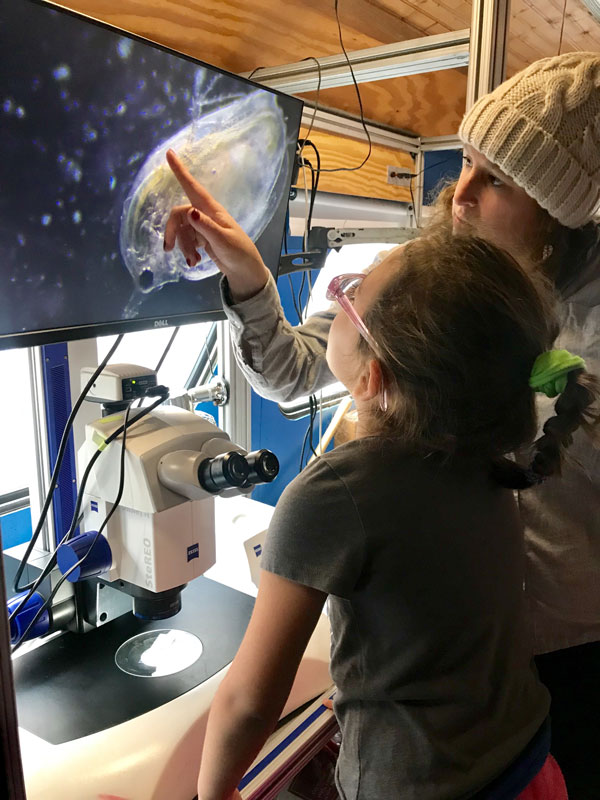

Tessa Hirschfeld-Stoler and a young student on the BioBus Mobile Laboratory investigating microscopic plankton under the microscope. The Bronx, New York City, 2017. (photo courtesy of BioBus)
Has your outreach changed in these past years (since Covid)?
Over the last couple of years my outreach has changed two-fold. One, as a research internship program manager, I spend more time thinking about how to serve my high school students holistically, their various identities and their role in their families. Many of my students (along with many school-age children) are from communities hardest hit by the pandemic. Many have taken on extra duties at home and like many people are experiencing increased stress and mental health issues. It has become increasingly clear that students need support outside of the research training we provide. Our high school programs have incorporated financial literacy training, mental wellness workshops, college readiness workshops, and science career panels to connect students with more role models in science fields.
Second, while all our programs have returned to in-person learning, since 2020 we have learned important lessons about the benefits of remote learning. When the COVID-19 pandemic hit in Spring 2020, BioBus–like many–was forced to adjust. With schools closed and social distancing required, BioBus launched BioBus at Home, a series of remote lab programs that transported BioBus from physical labs to online labs. During this time, we learned how impactful it was to bring in guest scientists from all over the country to work with our students and provide virtual lab tours. We also developed a vast array of interactive remote learning resources that allow students to engage with BioBus STEAM challenges to do hands-on science at their own pace from any location. Now, having returned to in-person learning, our students continue to use these resources and benefit from engaging with scientists across the country.
Have any advice for fellow scientists on reaching out?
You don’t need to be a teaching expert to engage with the public about neuroscience! Successful outreach has a lot more to do with how you draw people in, express enthusiasm, and make space for them, than dumping information. Science is not a safe or welcoming place for everyone, so giving people a low barrier to entry into science and a positive experience with a scientist can make a huge difference. Think about how you are engaging the public and what experiences they are taking away from the experience; this can be just as important as the concepts they leave with.
Science outreach is a two-way street and can be a great opportunity for scientists to build science communication skills and learn more about how their research affects the broader audiences. Speaking to young people about your research can be incredibly inspiring and idea-generating, and you are very likely to head back to the lab reinvigorated!
Reach out to people involved in outreach and learn more about what they do. You can mentor high school students, be a visiting neuroscientist at your local elementary school, host a lab tour, or volunteer at Brain Awareness Week–there are so many different ways to engage with outreach. Just bringing enthusiasm, open mindedness, and a love for science is enough to get you started!
Find out more
C. Marizzi, R.J. Frawley, A. Pirovano, T. Hirschfeld-Stoler, F. Anselmi, R. Heydari, L. Wright, B.J. Dubin-Thaler (2020), BioBus – Driving Community Science & Education, Austrian Citizen Science Conference Proceeding. 2020. (See PDF)
Recommended Reading
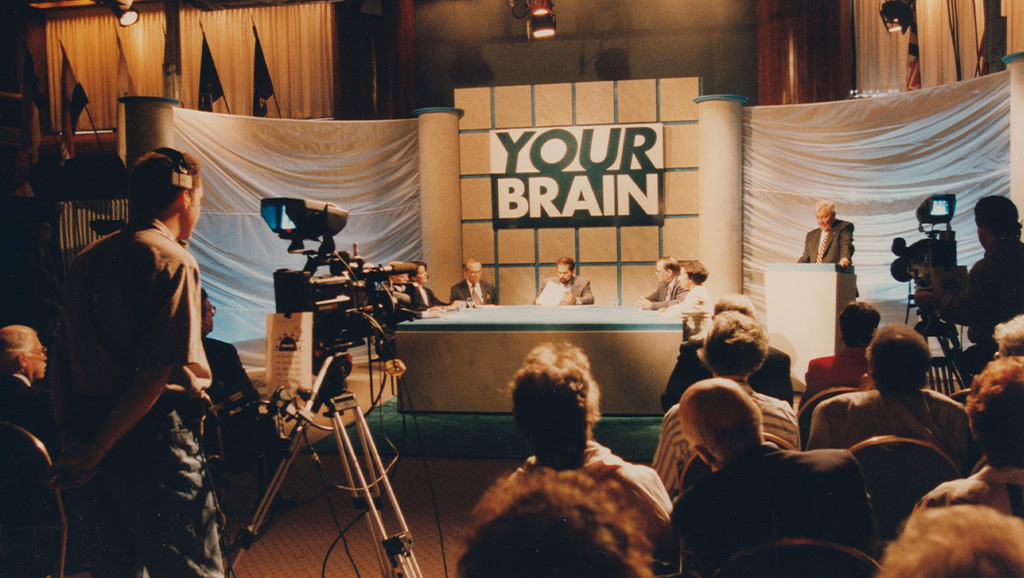
From Broadcast to Belonging: Dana's Public Engagement Evolution
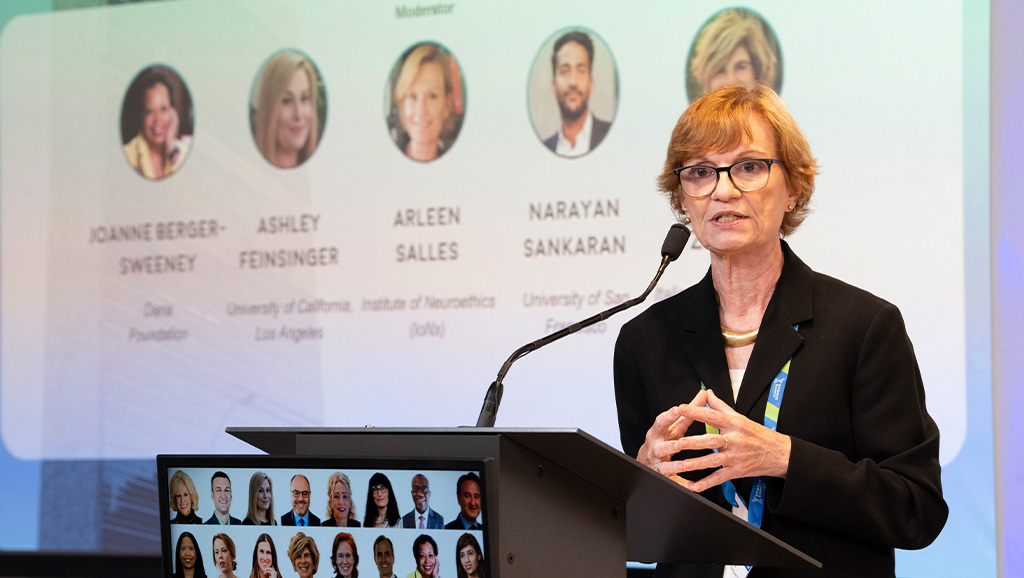
Reciprocity in Neuroscience: Dana Foundation Panel at the UN Science Summit

